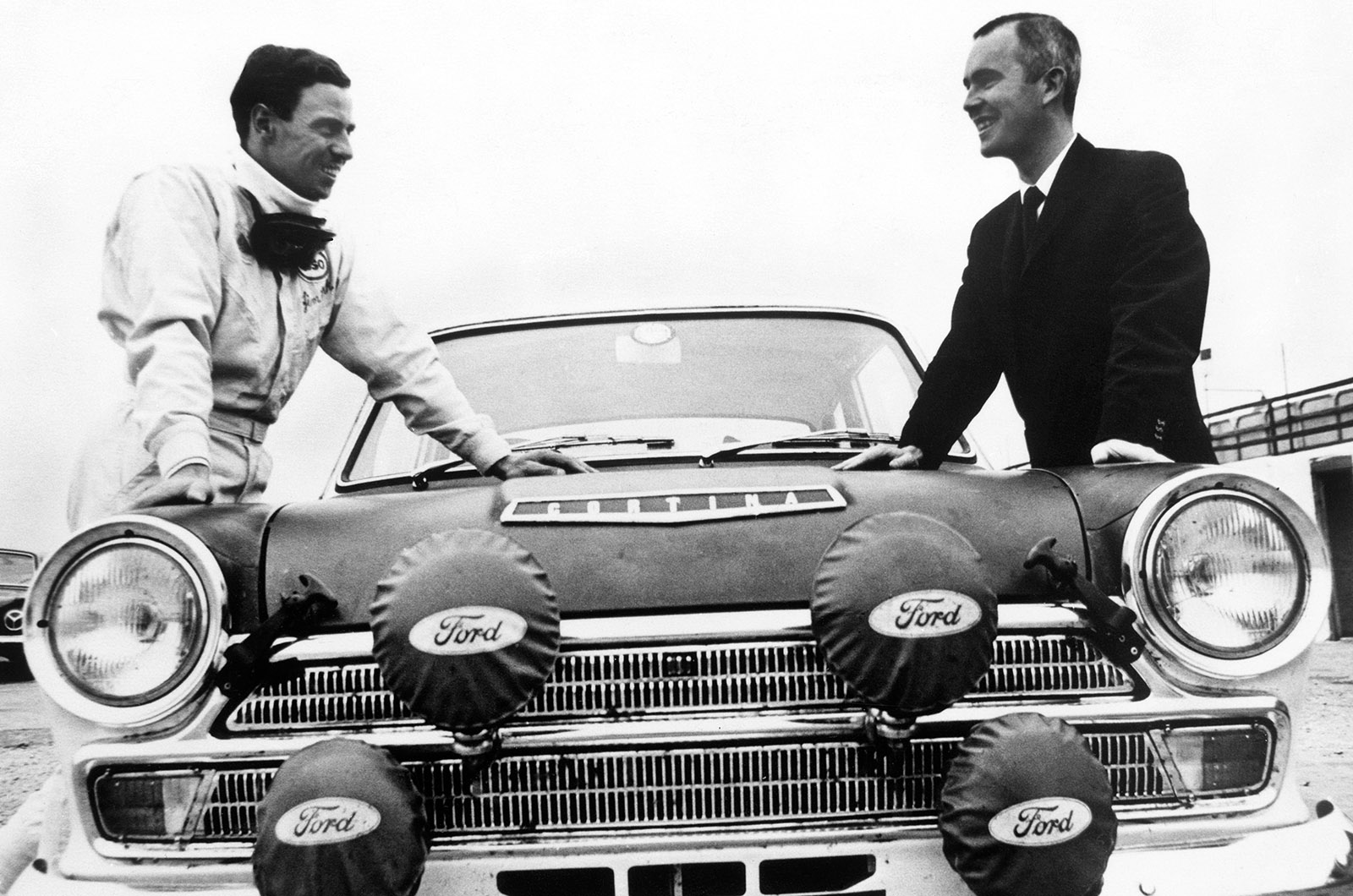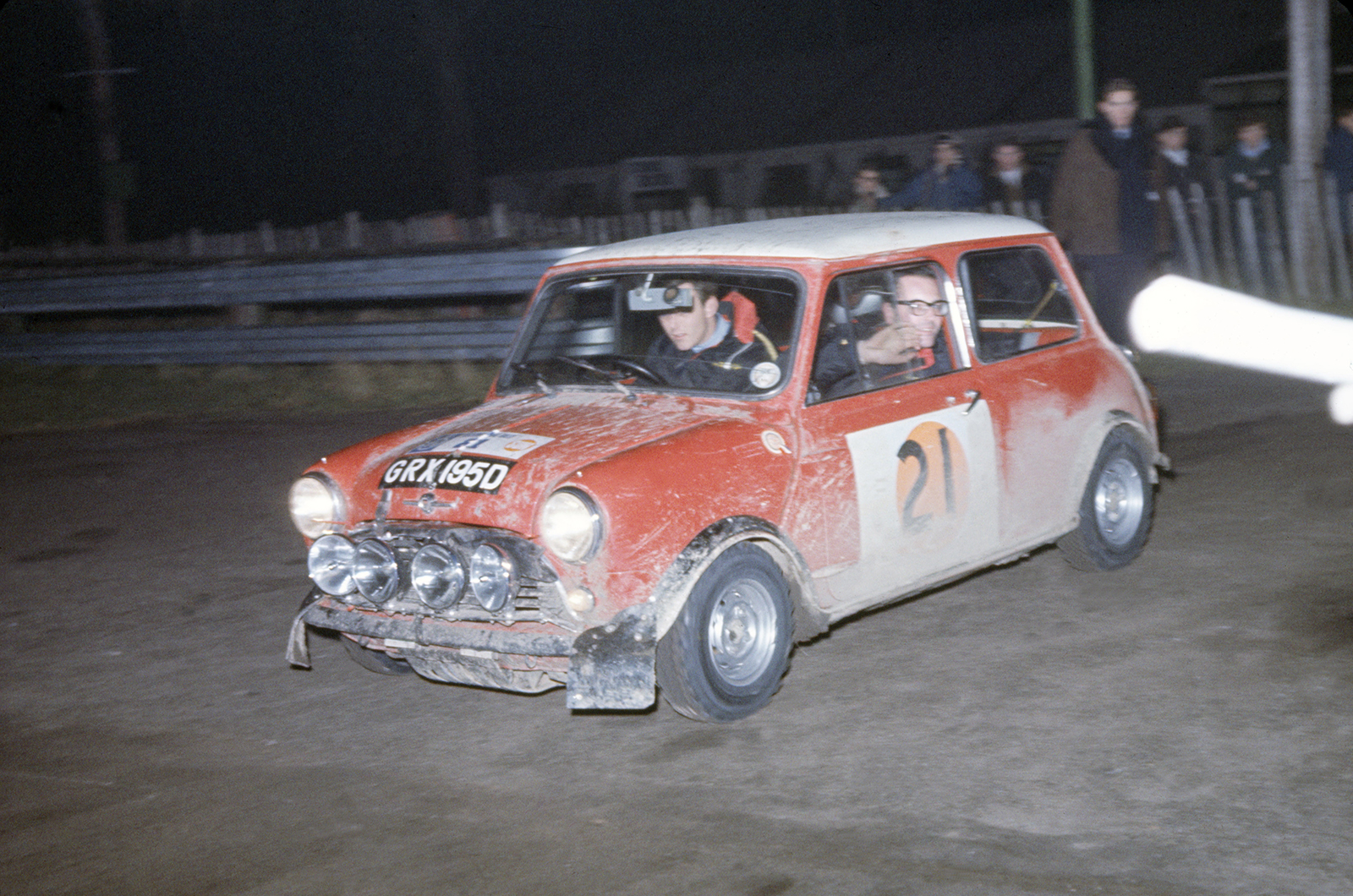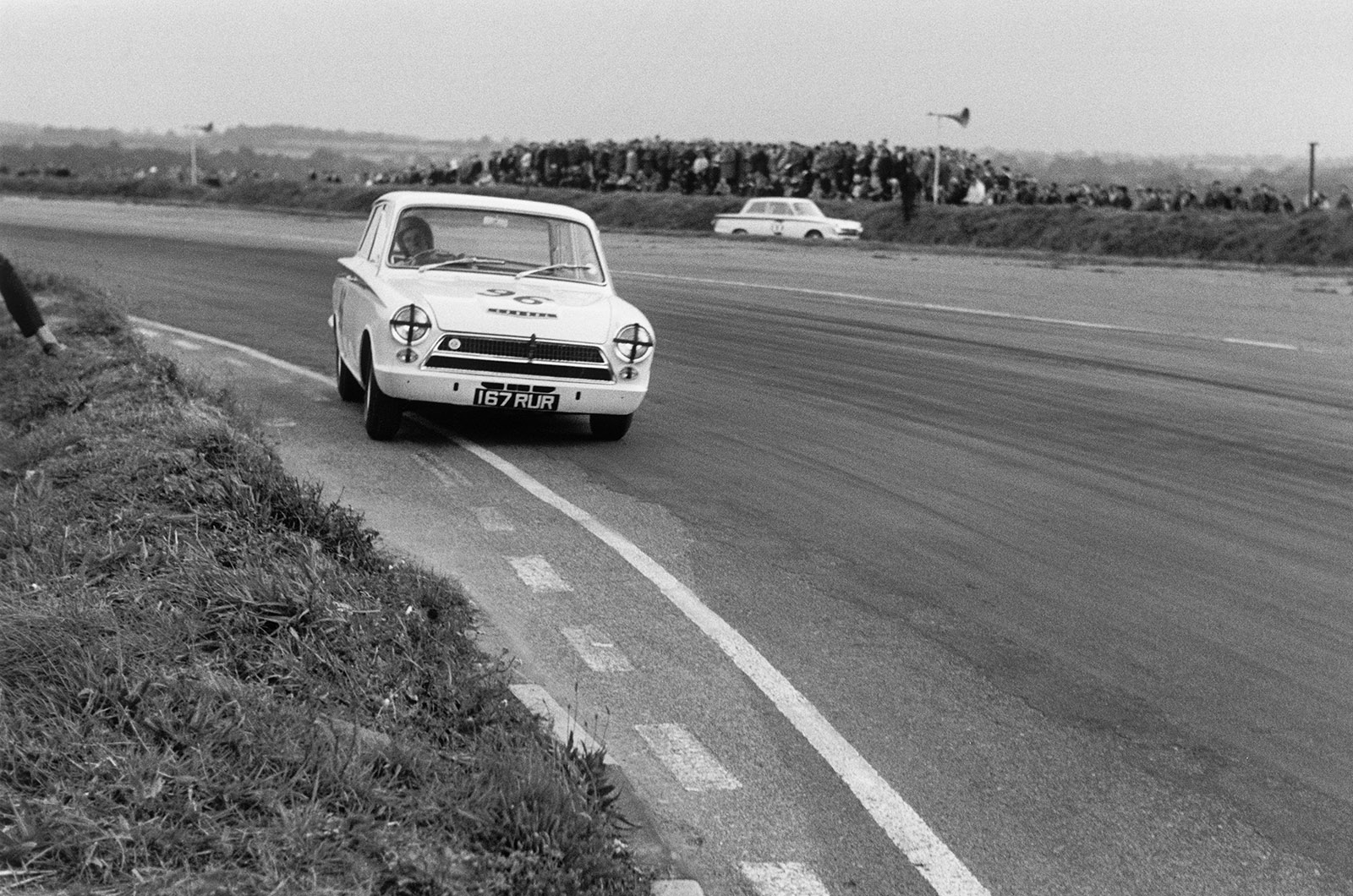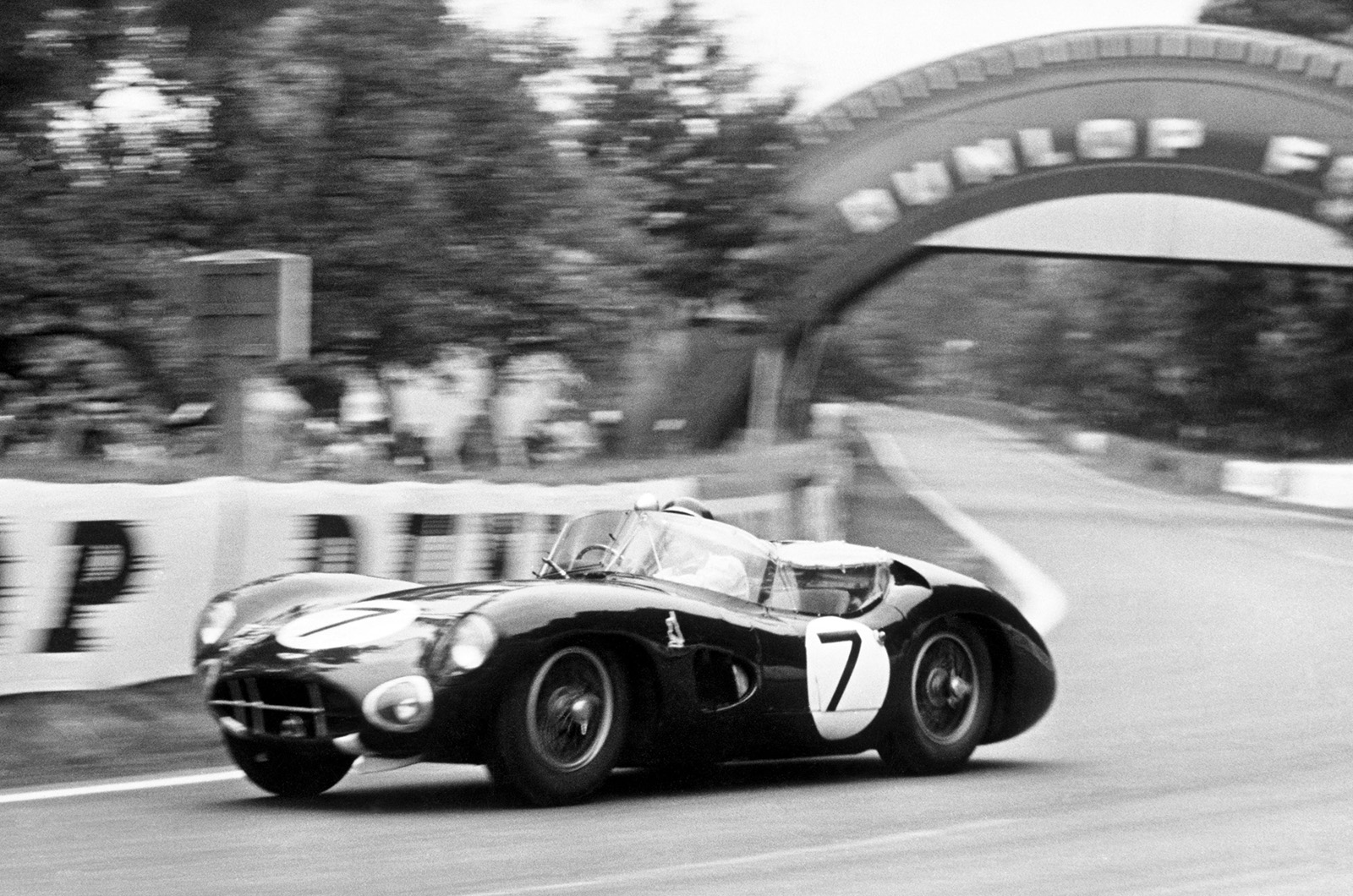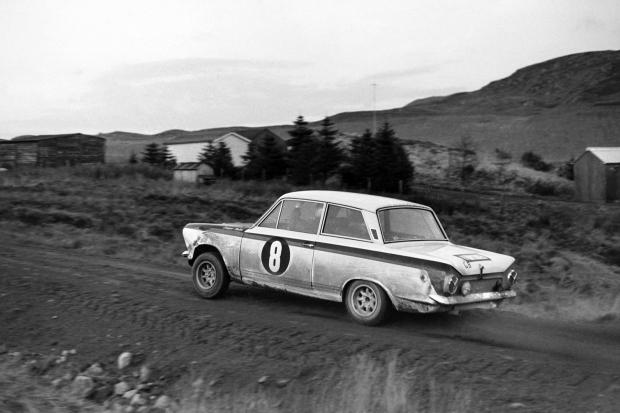
Even the Scandinavians were impressed.
If they’d thought that the presence of Jim Clark in a works Lotus Cortina on the 1966 RAC Rally was merely a publicity stunt, a bit of off-season fun for the Formula One superstar, they were swiftly put right.
The Super Swedes and Flying Finns had to concede that the quiet Scotsman was the real deal.
Clark’s willingness to drive anything – and his ability to drive it well – has often been documented over the years.
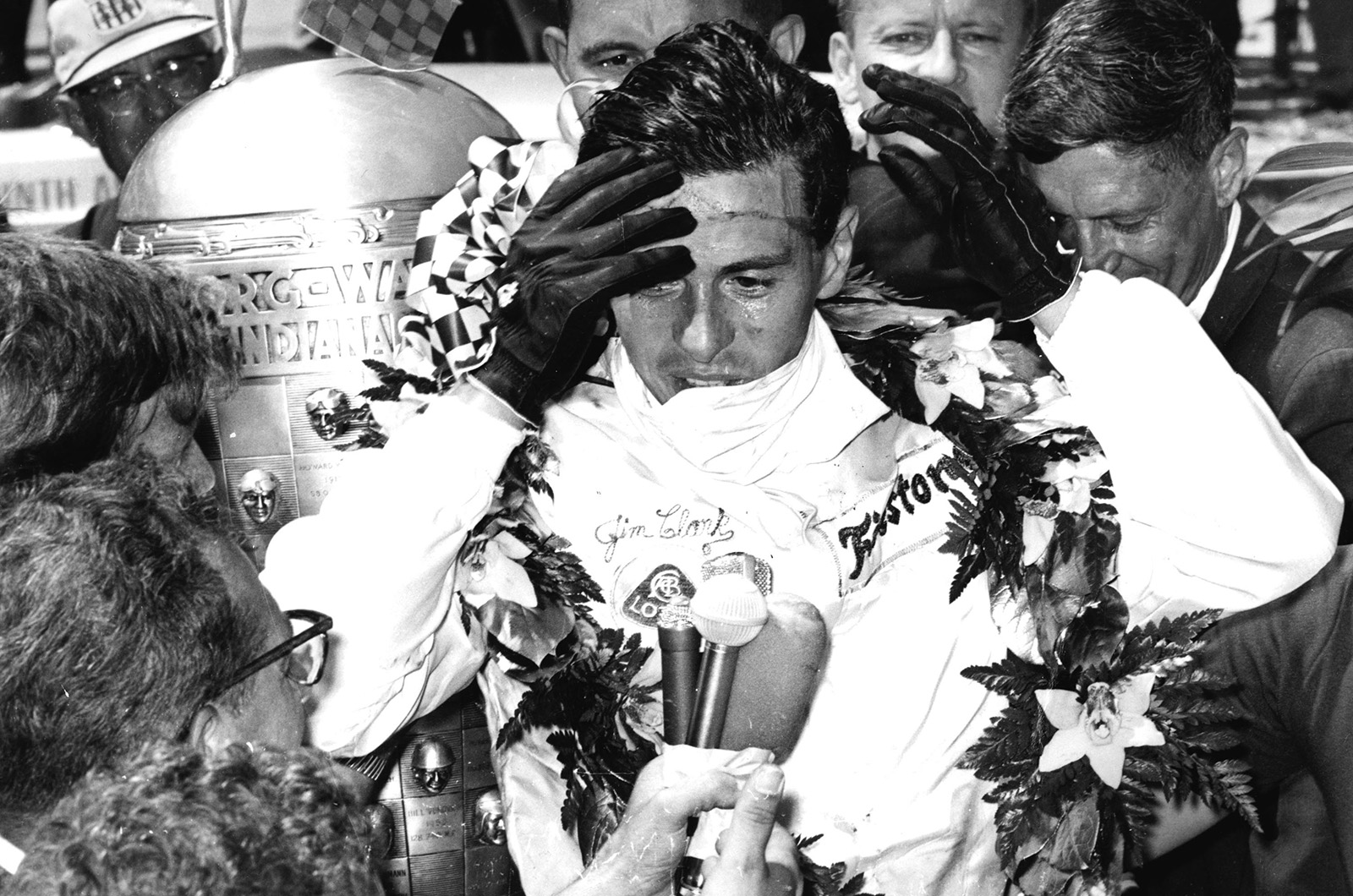
Clark's victory in the 1965 Indianapolis 500, in a Lotus-Ford, was further proof of his skill and versatility behind the wheel
He famously tried ‘Remus’ at the 1964 French Grand Prix meeting and, despite never having sat in the ERA before, was soon lapping faster than its owner, the Hon Patrick Lindsay. He even impressed in a Ford Fairlane during a one-off NASCAR outing at the 1967 Rockingham 500.
Then there was his appearance – as the Formula One World Champion – at the wheel of a twin-engined Mini Moke in a televised Autopoint in late 1963.

